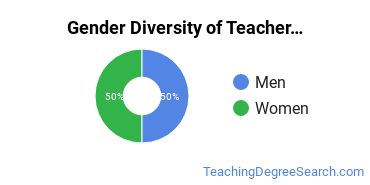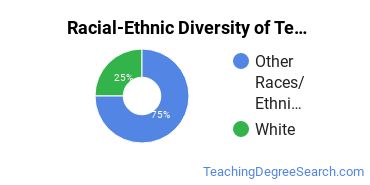Teacher Development & Methodology at Sinte Gleska University
If you are interested in studying teacher development & methodology, you may want to check out the program at Sinte Gleska University. The following information will help you decide if it is a good fit for you.Sinte Gleska University is located in Mission, South Dakota and has a total student population of 438.
Want to know more about the career opportunities in this field? Check out the Careers in Teacher Development & Methodology section at the bottom of this page.
Sinte Gleska University Teacher Development & Methodology Degrees Available
- Bachelor’s Degree in Teacher Development & Methodology
Sinte Gleska University Teacher Development & Methodology Rankings
The teacher development & methodology major at Sinte Gleska University is not ranked on College Factual’s Best Colleges and Universities for Teacher Development & Methodology. This could be for a number of reasons, such as not having enough data on the major or school to make an accurate assessment of its quality.
Teacher Development & Methodology Student Demographics at Sinte Gleska University
Take a look at the following statistics related to the make-up of the teacher development & methodology majors at Sinte Gleska University.
Sinte Gleska University Teacher Development & Methodology Bachelor’s Program

Prospective students may be interested in knowing that this school graduates 21% more racial-ethnic minorities in its teacher development & methodology bachelor's program than the national average.*
The following table and chart show the race/ethnicity for students who recently graduated from Sinte Gleska University with a bachelor's in teacher development & methodology.

| Race/Ethnicity | Number of Students |
|---|---|
| Asian | 0 |
| Black or African American | 0 |
| Hispanic or Latino | 0 |
| White | 1 |
| International Students | 0 |
| Other Races/Ethnicities | 1 |
Related Majors
References
*The racial-ethnic minorities count is calculated by taking the total number of students and subtracting white students, international students, and students whose race/ethnicity was unknown. This number is then divided by the total number of students at the school to obtain the racial-ethnic minorities percentage.
More about our data sources and methodologies.
